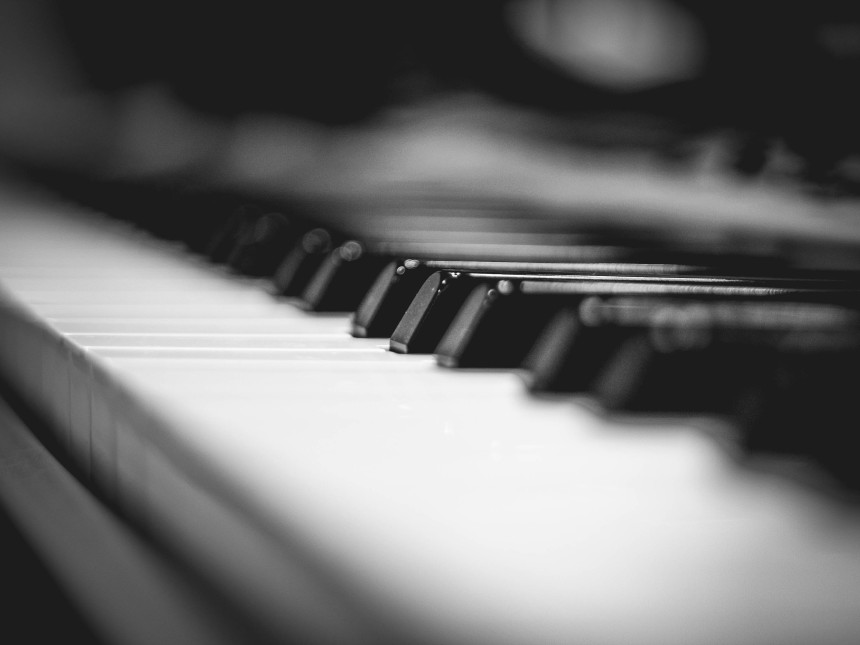Long-distance piano moving presents a unique set of challenges and considerations that differ significantly from regular furniture relocation. Pianos are not only heavy and bulky but also delicate instruments that require a great deal of care and precision during transportation. Here we will discuss about the complexities and precautions necessary for the safe and efficient moving of pianos over long distances.
1. Understanding the Complexities of Pianos
Firstly, it’s essential to recognize the intricate nature of pianos. They are complex instruments with thousands of moving parts, including keys, hammers, strings, and pedals. Grand pianos and upright pianos vary significantly in size and structure, influencing how they should be moved. The value of a piano isn’t just monetary; often, there is sentimental value attached, making their safe transport even more crucial. Because of this delicate nature, especially for treasured family heirlooms, consider researching online for “piano movers near me.” These specialists have the knowledge, experience, and equipment required to handle your piano with the utmost care, ensuring it arrives at its new location safely and ready to play for years to come.
2. Professional Handling and Expertise
Given these complexities, professional handling is a must. Piano moving should be entrusted to movers who specialize in handling such instruments. Companies like Shiply provide access to professionals who have the necessary skills, experience, and equipment to ensure safe transport. They understand the nuances of securing the instrument, whether it involves dismantling certain parts (like removing a grand piano’s legs) or ensuring the piano is adequately wrapped and padded.
3. Appropriate Transportation and Storage
The mode of transportation is another critical factor. The vehicle must be large enough to accommodate the piano and equipped with features like climate control to protect the instrument from temperature and humidity changes, which can cause significant damage. Additionally, if the piano needs to be stored during the move, the storage facility must have climate control and secure, padded spaces.
4. Navigating Physical Challenges
The physical journey of moving a piano is fraught with challenges. Maneuvering a heavy and awkwardly shaped object out of a building and into a vehicle requires not just strength but strategic planning. This process might involve navigating through narrow corridors, doorways, and possibly down staircases. The risk of injury to movers or damage to the piano and property is high without proper techniques and equipment like piano dollies and ramps.
5. Cost Considerations
The cost of moving a piano long-distance is significantly higher than moving regular furniture. This cost reflects the need for specialized movers, equipment, and transportation requirements. While it may be tempting to cut corners to save money, the potential risks of damage to the piano or injury to non-professionals attempting the move are not worth the savings.
6. Insurance and Liability
Ensuring the piano is insured during the move is vital. This insurance should cover all forms of damage that might occur during transit. It’s essential to understand the terms of the insurance policy and whether it provides full replacement value coverage.
7. Preparing the Piano for the Move
Preparation is key. This involves securing the keyboard lid, wrapping the piano in protective blankets, and ensuring that any moving parts are stabilized. For grand pianos, disassembling parts like the lid, pedal lyre, and legs is often necessary.
8. Post-Move Tuning and Adjustment
Once the piano reaches its destination, it will likely need tuning and adjustments. The tension of the strings can be affected by movement and changes in humidity and temperature. Hiring a professional piano tuner after the move is advisable to ensure the instrument is in optimal playing condition.
9. Emotional and Mental Preparation
Finally, for owners, moving a piano can be an emotionally taxing experience. It’s important to mentally prepare for the move and trust in the expertise of the professionals handling the instrument.
Conclusion:
Long-distance piano moving is a task that combines physical strength, meticulous planning, and an understanding of the instrument’s fragility. By recognizing these challenges and preparing adequately, owners can ensure that their cherished instrument reaches its new home safely and is ready to bring music to its new surroundings.


